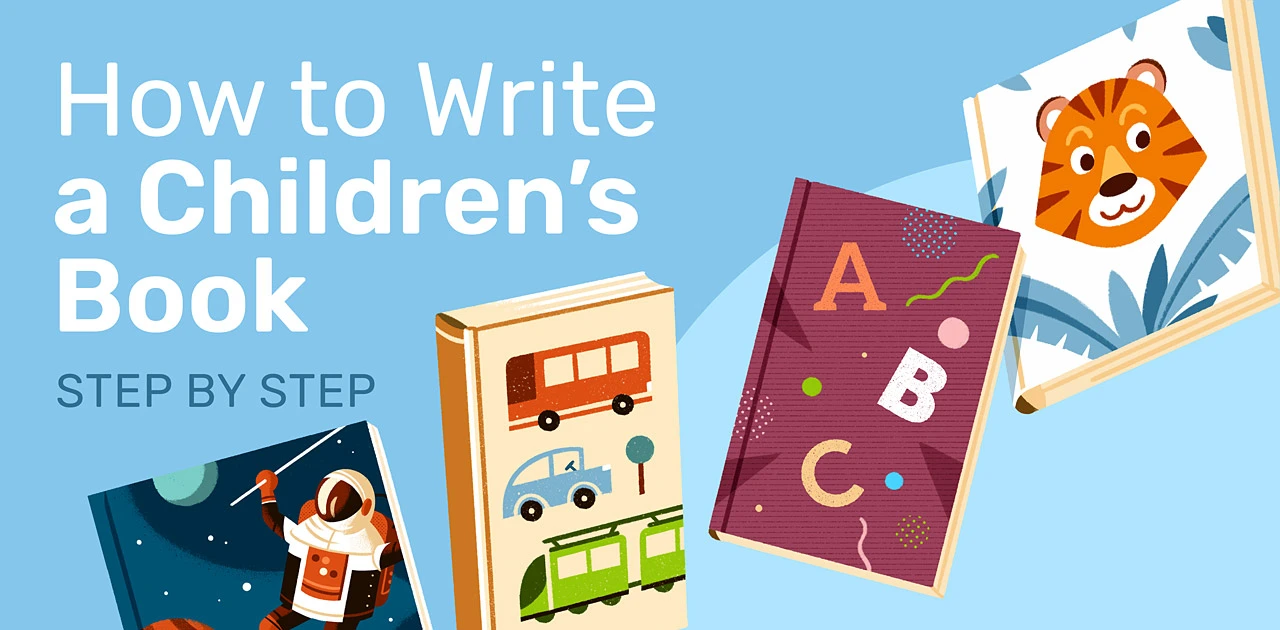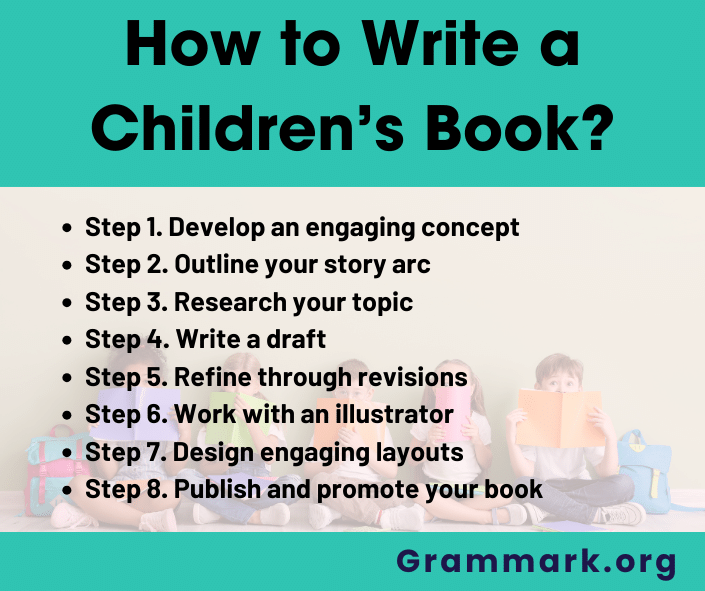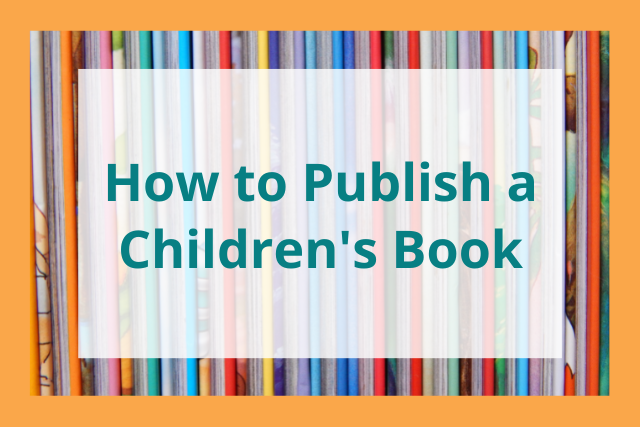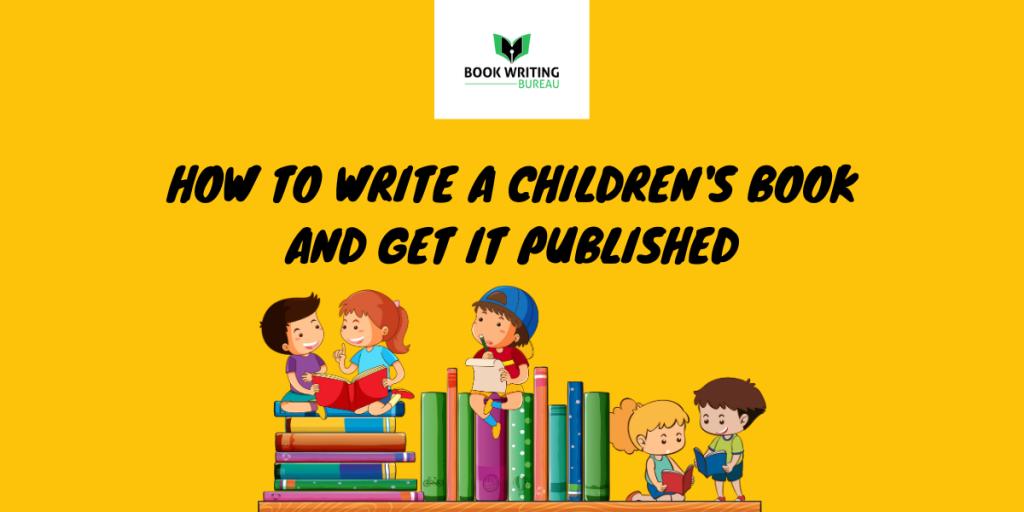How To Write A Children's Book And Get It Published
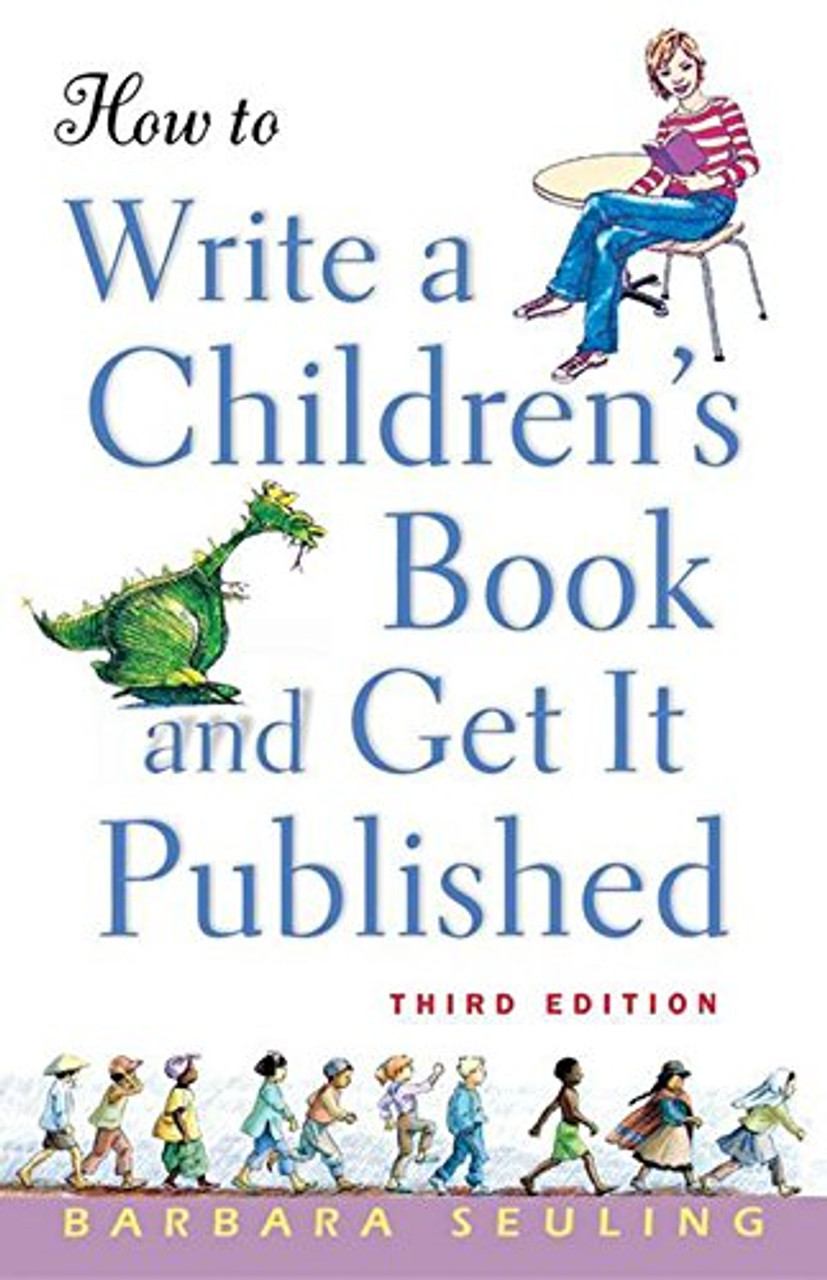
Want to write a children's book and see it published? The process, though challenging, is attainable with the right approach and persistence.
This article provides a concise guide on crafting compelling stories for young readers and navigating the publishing landscape.
Crafting Your Story: The Foundation
Who is your target audience? Understanding the age range and interests of your readers is paramount.
What message do you want to convey? Your story should have a clear theme or lesson, woven seamlessly into the narrative.
How do you bring your characters to life? Develop relatable and engaging characters with distinct personalities and motivations.
Essential Elements of a Children's Book
Plot: Keep the plot simple and engaging, with a clear beginning, middle, and end.
Language: Use age-appropriate language and sentence structures. Avoid complex vocabulary that may confuse young readers.
Illustrations: Illustrations are crucial for picture books. They enhance the story and capture the imagination of children. Consider hiring a professional illustrator if you're not an artist yourself.
According to a 2023 report by Children's Book Council (CBC), picture books account for roughly 60% of all children’s book sales.
Length: Picture books typically range from 500 to 1,000 words. Chapter books vary but generally fall between 5,000 and 15,000 words.
The Publishing Path: Traditional vs. Self-Publishing
Traditional Publishing: This involves submitting your manuscript to literary agents or publishers.
Who are the key players? Research reputable agents and publishers specializing in children's literature. The Society of Children's Book Writers and Illustrators (SCBWI) is a great resource.
How do you find an agent? Prepare a compelling query letter and manuscript sample. According to AgentQuery.com, the average response rate for queries is around 1-3%.
What are the benefits of traditional publishing? It offers professional editing, marketing, and distribution.
Self-Publishing: This involves independently publishing your book through platforms like Amazon Kindle Direct Publishing (KDP) or IngramSpark.
What are the advantages of self-publishing? You retain creative control and potentially earn higher royalties.
How do you self-publish effectively? Invest in professional editing, cover design, and marketing.Self-published books need just as much investment as traditionally published.
"According to a 2022 report from WordsRated, self-published authors earn an average of $1,000 per year, while traditionally published authors earn significantly more, with averages varying widely depending on factors like genre, sales, and publisher."
The Submission Process: Making a Strong Impression
Query Letter: Craft a concise and compelling query letter that highlights your story's unique selling points.
Manuscript Formatting: Follow standard manuscript formatting guidelines. Use a clear font (like Times New Roman) and double-space your text.
Illustrations: If you're submitting a picture book manuscript, include sample illustrations or a portfolio link. The SCBWI also provides guidance on working with illustrators.
Patience: Be prepared for rejection. The publishing process can be lengthy and competitive.
Marketing Your Book: Reaching Your Audience
Social Media: Utilize social media platforms like Facebook, Instagram, and Twitter to connect with readers and promote your book.
Website/Blog: Create a website or blog to showcase your work and share updates with your audience.
Book Reviews: Seek out reviews from reputable sources, such as Kirkus Reviews or School Library Journal. These reviews can increase visibility.
School Visits: Offer school visits and readings to engage with young readers and promote your book.
According to a 2021 survey by Author Marketing Experts, authors who actively engage in marketing efforts see a 20-30% increase in book sales.
Key Takeaways and Next Steps
Writing and publishing a children's book requires dedication, creativity, and a strategic approach.
Refine your story, research your publishing options, and build a strong marketing plan.
Start today by outlining your story, researching agents, or exploring self-publishing platforms.
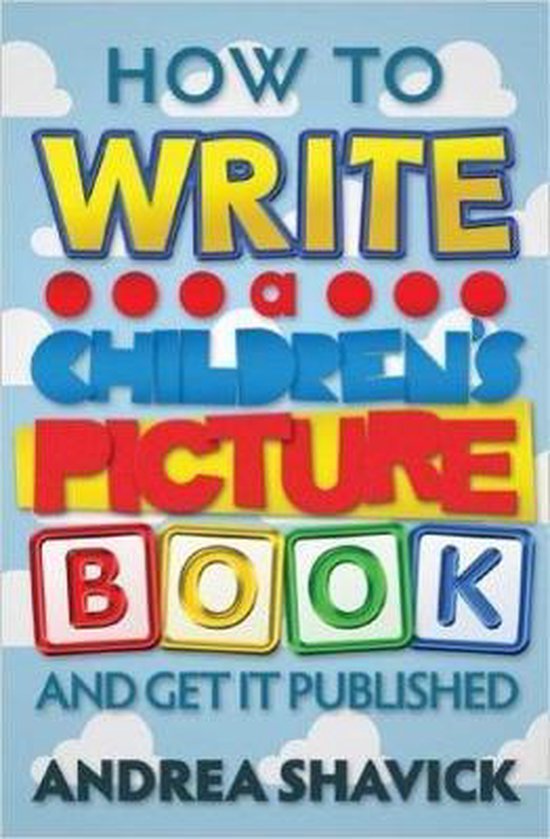

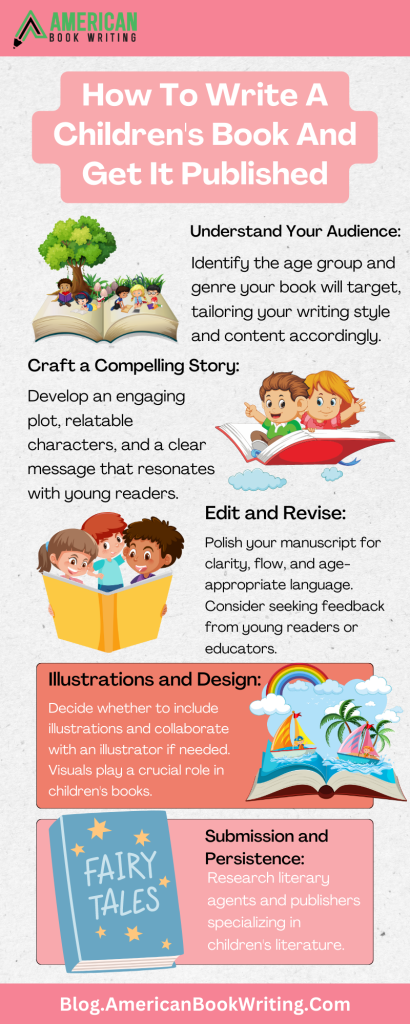
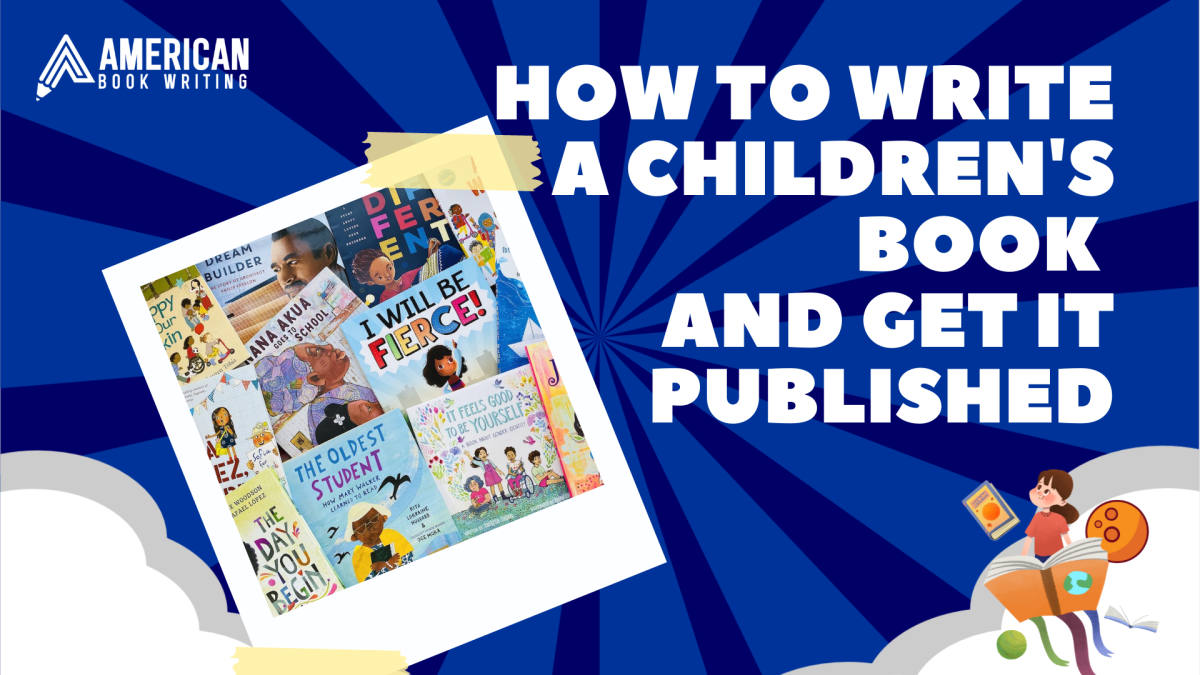
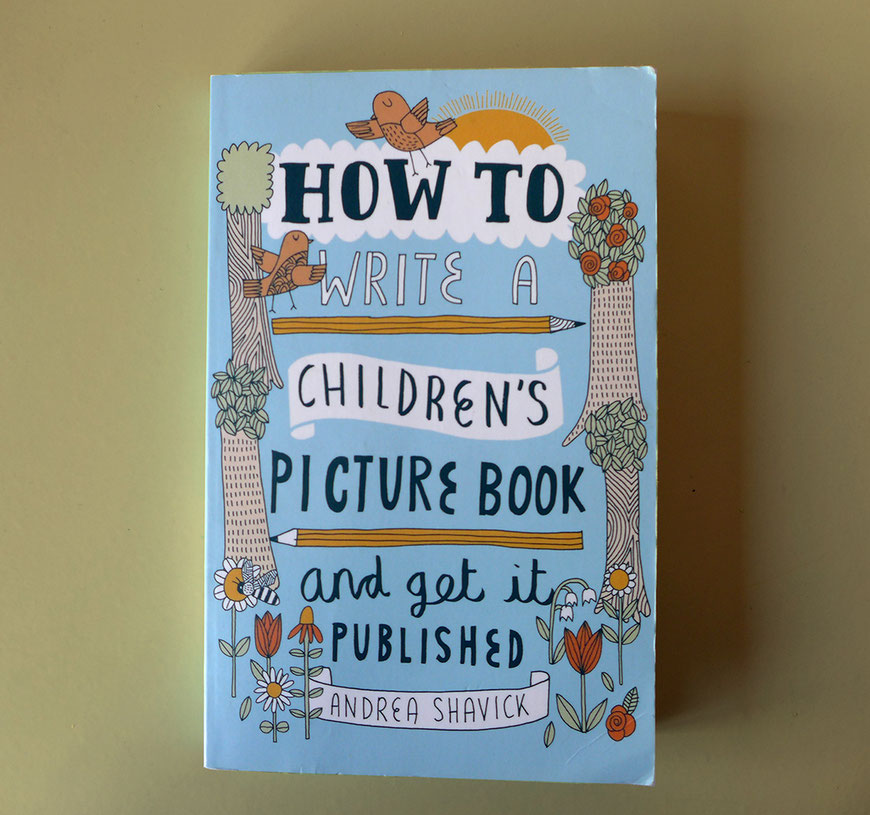
![How To Write A Children's Book And Get It Published How To Write A Children Book [Steps, Example, 2023 Method]](https://mczellbookwriting.com/blog/wp-content/uploads/2022/05/How-to-Write-a-Childrens-Books.png)

![How To Write A Children's Book And Get It Published How to Write a Children's Book in 9 Easy Steps [2025]](https://kindlepreneur.com/wp-content/uploads/2020/12/write-a-childrens-book-1-01-scaled.jpg)


